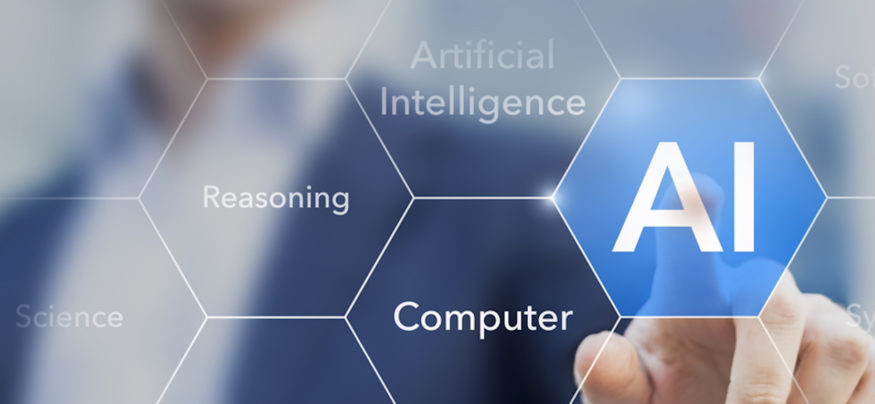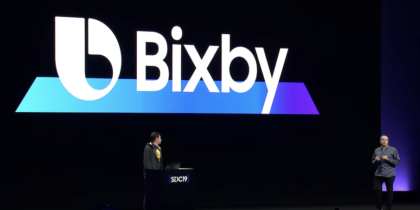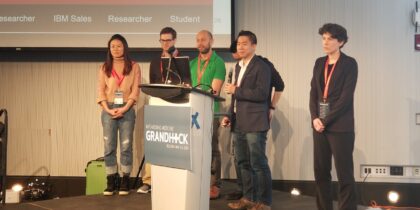Amazon has announced that their deep learning software, called Deep Scalable Sparse Tensor Network Engine (DSSTNE), is now open source software, and has been released as a library on GitHub under an open source Apache license. The software is a framework for creating and training artificial neural networks, or artificial networks that identify data and make associations between the types of information the system has already ingested and new pieces of data that might be similar or relevant. This has applications for everything from recommending additional purchases to customers to identifying malware to finding images that are similar to other images. For instance, in a retail environment, this might enable not only suggesting that a customer look at other works from the same author, but also at other authors who write similar stories, or that someone buying parts to make a deck consider other parts that might be needed. The deep learning algorithms, or artificial intelligence (AI), get close to the sorts of recommendations a knowledgeable sales associate might make in person.
Open source software, or code that is made freely available, is seen by some as a security risk, but others maintain that review by tens of thousands of users can actually make open source software more secure than commercial software. Although there are competitors to DSSTNE, even within the open source movement, Amazon feels that DSSTNE has several advantages, which they hope will spur research and open up new areas of innovation. DSSTNE uses C++, which is more compact than other solutions (using one-tenth the number of lines of code of other frameworks) and since it can utilize multiple GPUs for training and processing, it can run more than twice as fast as other solutions.
Storage Considerations and Wider Potential
Collecting huge amounts of data and running analytics programs against it can consume lots of storage. Storage administrators should compare the costs and consider whether it makes sense to buy storage and GPU-equipped servers in the data center or utilize cloud storage and run the workloads on something like the AWS GPU instances.
Because open source software is free, a wide variety of students, research groups and individuals can use it to create things that the original creators of the software never imagined. While deep learning software is still in its infancy, it has the potential to spur innovation in a variety of fields.
Open data also offers many benefits in the classroom. Find out here how K–12 teachers are using open source textbooks to their advantage.







